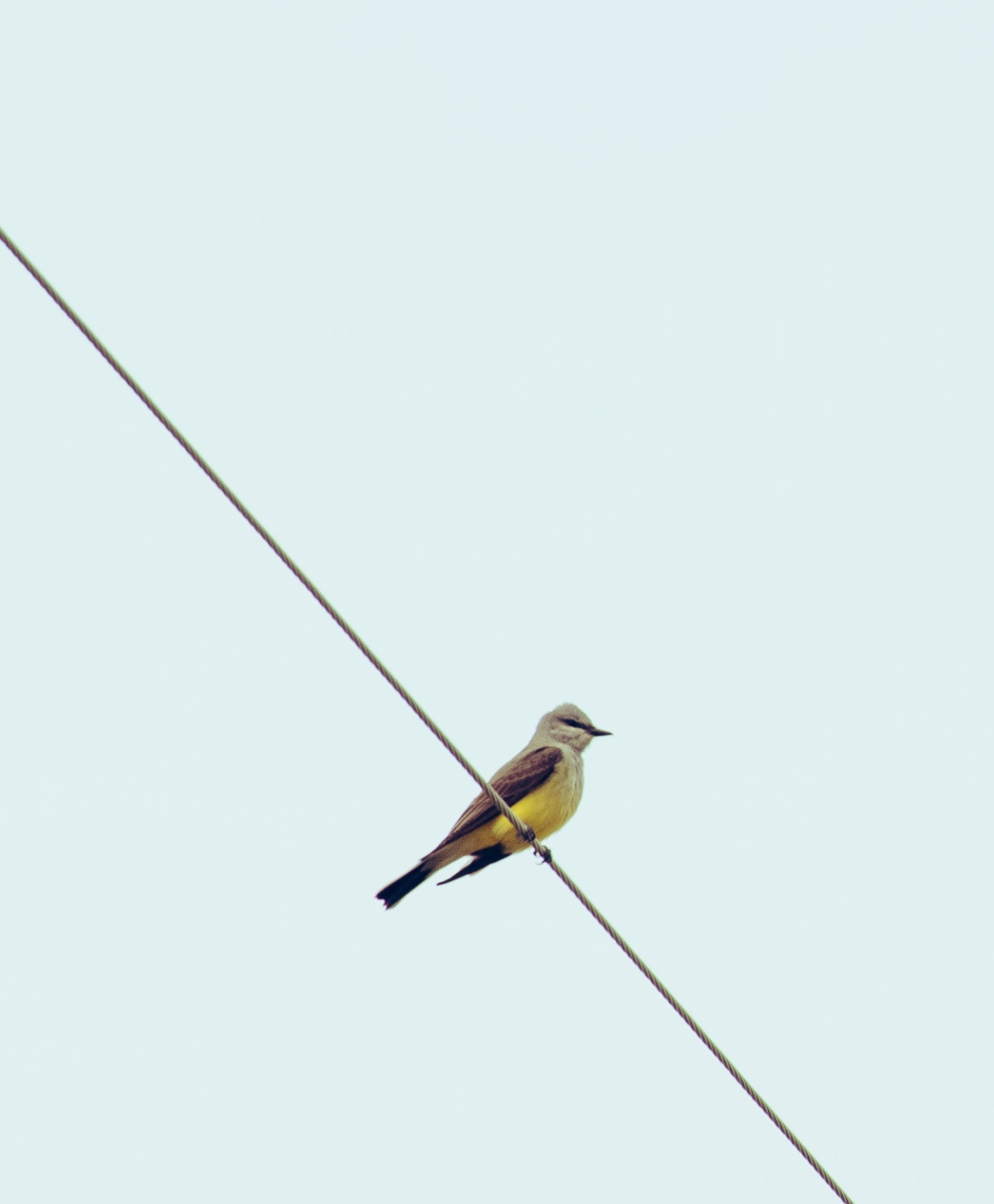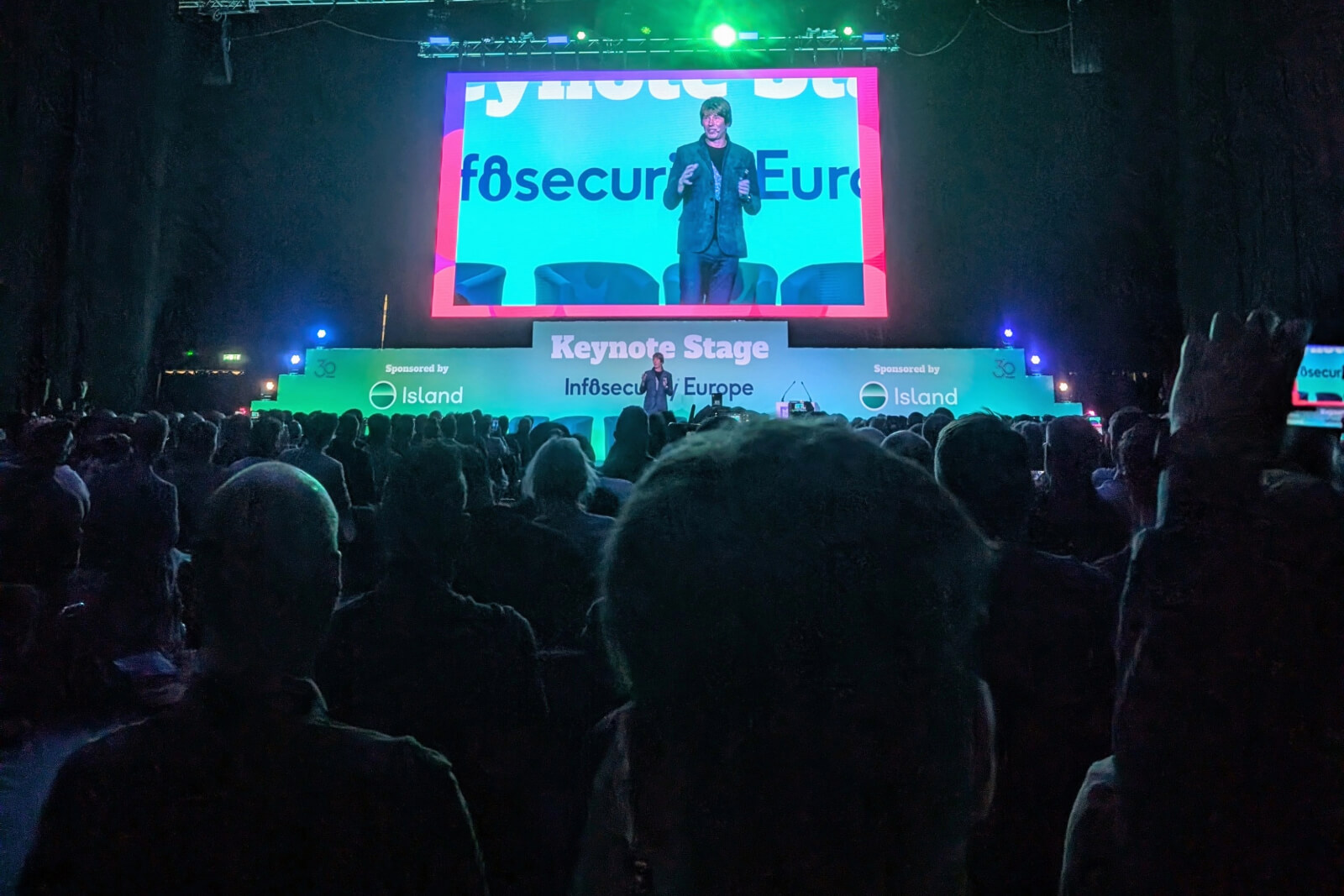Communicate your commitment to transformational technology

We’re right in the thick of this ever-changing sector so we can help you stand out for the right reasons.
Technology rarely works with a one-size fits-all approach. The same is true for your brand, marketing and communications strategy.
As our lives and our businesses are being transformed by digital solutions and ever-smarter tech, making real connections with your audience is essential. That could be explaining your transformative potential to business leaders, discussing complex solutions with technologists or clarifying the day-to-day experience to operations heads.
Our B2B technology PR and marketing experts dig into the details of what you do, to define what makes you special and translate that into award-winning campaigns. Whatever your goal – lead generation, increased sales, brand awareness, business growth or new markets – we can help you stand out for all the right reasons.
Our Formula for Success
Sector specialization
We understand technology and the forces that shape the sector. With our industry background and deep sector knowledge we can deliver for you from day one.
Intelligent insights
Our intelligent insight into your markets, research into issues and strategic thinking gives you fresh and valuable perspectives every time.
Empowered talent
Our people grow their careers with us, so we build trusted, long-lasting relationships with clients that deliver time after time.
Global expertise
Our B2B technology PR and marketing experts support businesses from offices in strategic locations in the US, UK, Europe, Middle East and Asia, so you get local nuance and global impact.
Excellent execution
All the work we do for you is executed with thought, precision and care across all channels to give you the best possible results.
Your success
You define what success means for your business, and we design the program to deliver it – with a unique outcomes-driven commercial model.
Technology results we’re proud of
1000+
MQLs for a people-management software platform.
300+
Pieces of coverage in key verticals for Europe’s largest wholesale telecoms provider.
15%
Increase in branded traffic from our PR coverage for a global cybersecurity company.
Technology news
If you need brand, marketing or communications services that add value to your technology business, our specialists can help.













